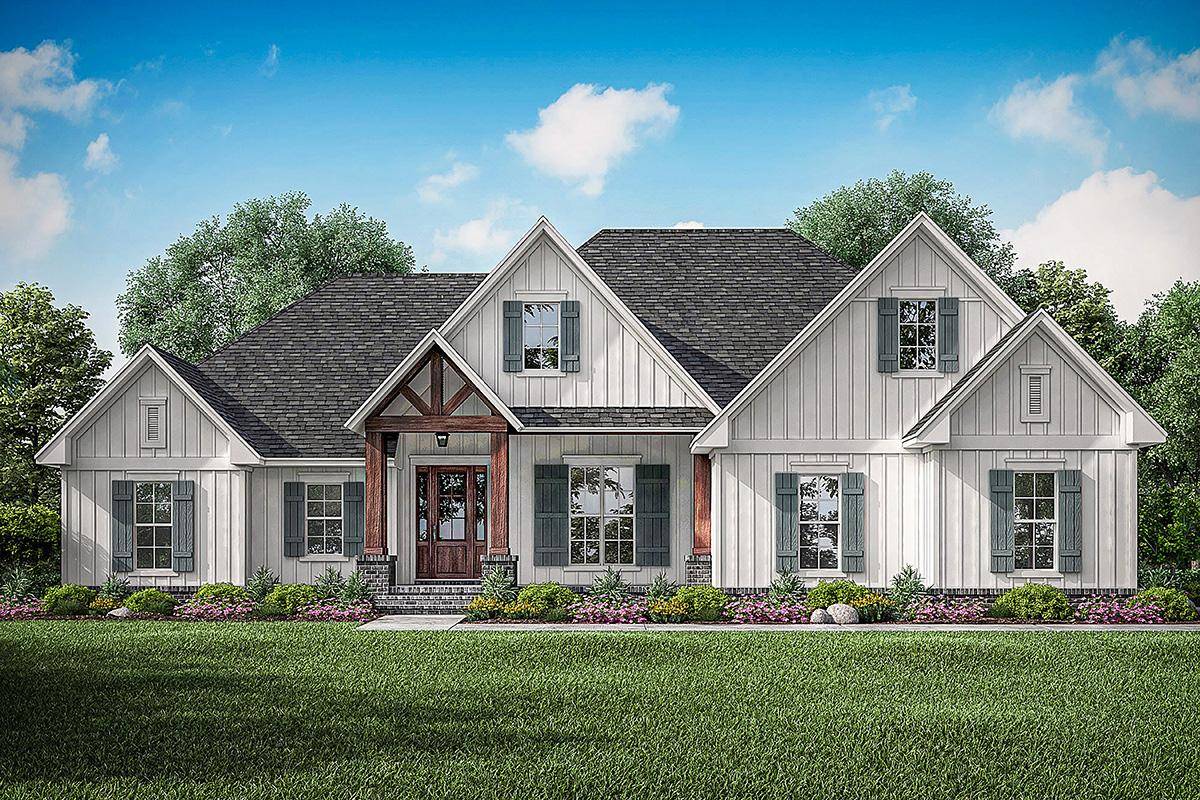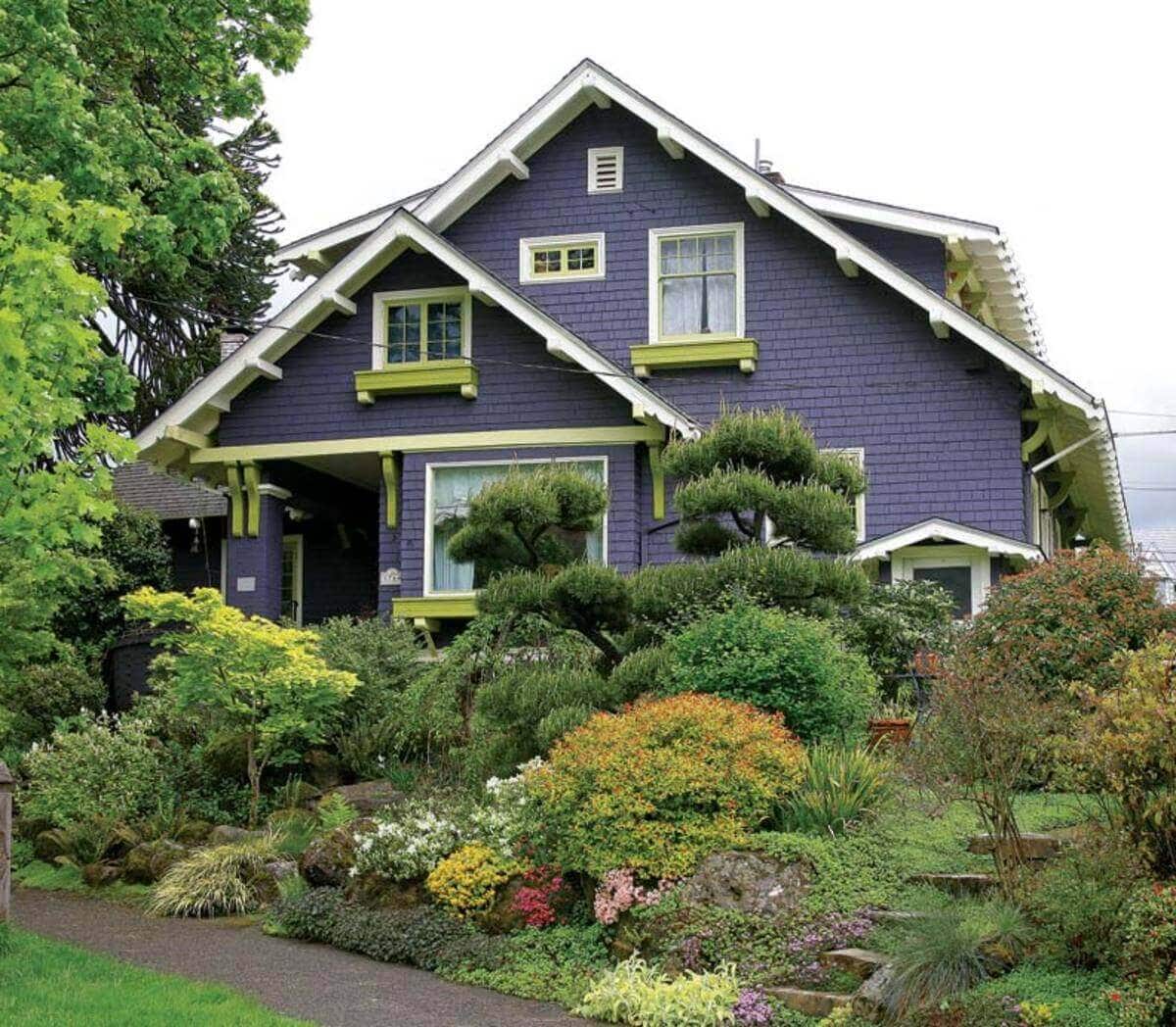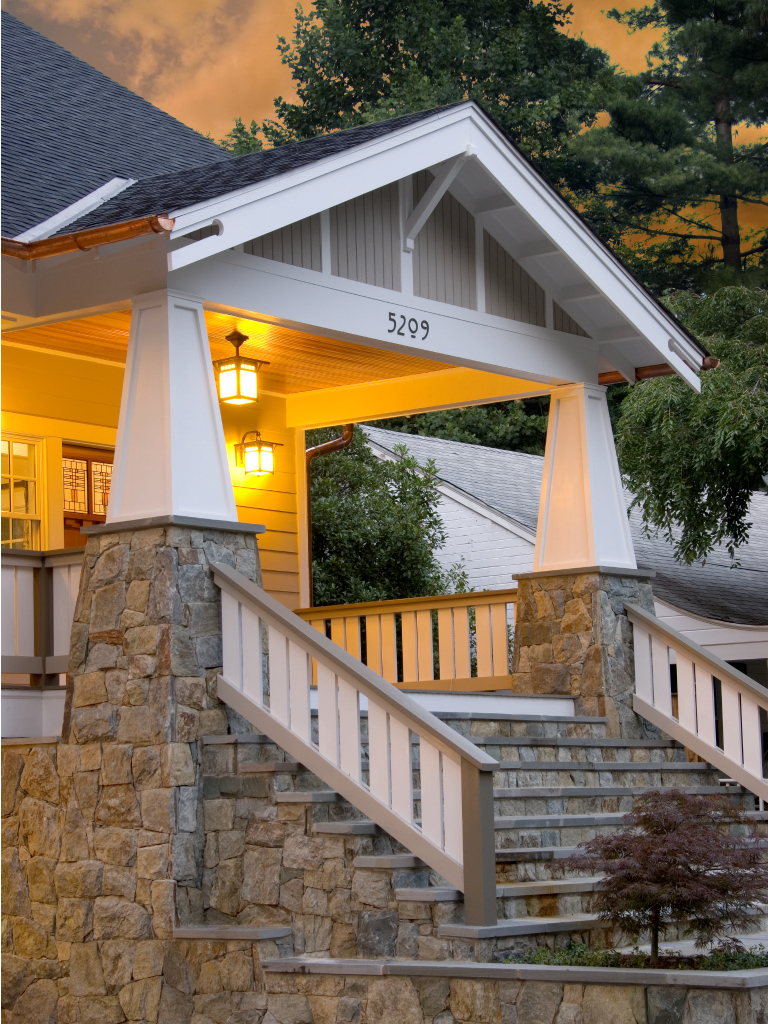61 Captivating Craftsman Style Homes for Inspiration
Table Of Content

Craftsman architectural design emerged in America in the early 20th century. Between 1900 and 1930, American homeowners craved something more natural, simple, and handcrafted rather than the opulent and typically dramatic styles of Victorian home design. Craftsman homes, with their distinctive charm and enduring appeal, have carved a special place in the architectural landscape across the United States. Of course, like any style of home, they can be found in various regions but certain areas have become particularly renowned for their proliferation of Craftsman style residences. The West Coast boasts a significant appreciation for these homes, as Craftsman-style embraces the surrounding nature that resides there. In comparison, cities like Seattle and Portland cherish the Craftsman aesthetic just as much as it aligns with their commitment to harmonious coexistence with nature.
Key Characteristics of Craftsman Houses
Garage doors can also enhance the classic Craftsman styling, as seen with this charming exterior. Recessed panels in the garage doors mimic those in the front door, calling attention to the home's entry and lending a welcoming overall look. This small porch shows off the characteristic tapered square columns of Craftsman architecture. Brick along the base of the porch and an overhead lantern add interest to the facade.

Ellenton Place, Plan #1493
The Craftsman house displays the honesty and simplicity of a truly American house. Its main features are a low-pitched, gabled roof (often hipped) with a wide overhang and exposed roof rafters. Its porches are either full or partial width, with tapered columns or pedestals that extend to the ground level. A combination of natural materials are used, such as wood and stone, and often a combination of more than one type.
Historic details in Berkeley, California
These homes tend to be more rectangular in overall shape than the Craftsman, with less of the ornamental exterior accents and more functionality to blend into the rolling hills of the region. Building on the Craftsman's historical design, prairie-style homes usually have a more contemporary look that is better suited for modern décor and furnishings. The main living area will feature a fireplace, and if the home has a second story, there will likely be another fireplace in the largest bedroom. Ceilings were kept low to help conserve heat, which adds to the snug, cozy feel of these houses.
The Chicago bungalow is another regional craftsman variation that is prominent in midwestern cities like Chicago. This style often features brick in their construction, which sets them apart from craftsman homes that are predominantly wood or stucco. They also continue to be an architectural style new construction homes are built in today, especially in areas that value connections to the mountains and forests. Made to show off the innovation and advancements of the Industrial Revolution, they steered architecture away from handmade touches and clean lines toward the intricate details only a machine could produce. The Craftsman movement that followed, however, was a direct counter-response to the Victorian style, prioritizing hand-worked goods over the mass-produced.

Common architectural features
These homes are common in the West and Southwest of the U.S. and were built prior to the urbanization of the surrounding area. Wood beams, built-in furniture, natural materials, and neutral color palettes draw from the craftsman-inspired aspects of this home design. Tile, stucco walls, and rounded archways on these homes come from Spanish styles and blend with the craftsman aesthetic to create Mission Revival. What sets the Craftsman style apart from its close cousin, the Prairie style?
This Craftsman Home Was Designed to Feel Like ‘a Foggy Irish Morning’ - Sunset
This Craftsman Home Was Designed to Feel Like ‘a Foggy Irish Morning’.
Posted: Wed, 10 Jan 2024 08:00:00 GMT [source]
Chicagoans love their architecture, and this lovely home demonstrates why. Nowadays, their popularity continues since their functionality doubles as an additional sense of charm. Remember, most authentic bungalows were constructed by their owners, which means that no two are just alike. Most feature unique details, which are not possible to commission nowadays. For doing this, these homes have grown to be an irreplaceable part of the historical past.
For materials, Modern Farmhouses embrace the use of reclaimed wood and metals. These homes have horizontal lines, low-pitched gable roofs with large overhangs, exposed beams, wide window casings, and a welcoming, elevated front porch. Homes built in a Craftsman style commonly have heavy use of stone and wood on the exterior, which gives many of them a rustic, natural appearance that we adore.
Some safe but rich colors include sage green, light beige, charcoal gray, blue, or muted red. The upper level of this Craftsman home is an addition that blends seamlessly into the original 1911 bungalow design. Exposed rafter tails stick out from under the eaves, adding interest to the roofline and tying the new addition in with the rest of the home.
That’s understandable, considering that the aesthetic’s emphasis on detailed millwork, picture windows, and fireplaces continues to feel impressive yet cozy. Below, we’ve chosen a series of our favorite Craftsman homes to be featured by AD. From Florida to Minneapolis, all seven houses are somehow snug yet grand. Because Craftsman style homes date back over a century, filling them with hypermodern furniture isn’t the best bet. The key to decorating a Craftsman’s interiors is to source warmer, wood furniture and organic materials in natural colors to use for upholstery. The exterior design of craftsman homes reflects simplicity, straight lines, and a focus on natural materials.
This two-story home, for example, pairs peachy orange siding with a more traditional dark green metal roof and white trim. Extending outward from the roof, these pop-out areas can boost usable living space on the upper level, often limited by the low-pitched roof. Many Craftsman-style homes feature a single upstairs dormer with multiple windows encased in thick trim. The American Foursquare was a late 19th-century transitional style linking the taller homes of the Victorian era with the horizontal homes of the craftsman era. The telltale signal is the home’s symmetrical, boxy design, with each floor having four rooms.
Mekaila is a part of the content marketing team and enjoys writing about real estate and design trends. Her dream home would have ocean views and floor-to-ceiling windows to let in plenty of natural light. Craftsman-style homes draw from the natural world, and following this principle, craftsman-style houses display many of the same characteristics as cottage core. While Craftsman designs were focused on simplicity and functionality, they nonetheless feature more attention to detail and built-in character than today’s minimalist contemporary interior designs. Unlike the McMansions that would emerge a century later, Craftsman-style homes were small- to medium-sized single-family homes that showed the beauty of simplicity and modesty in architecture.
It is characterized by its box-like shape and simple, symmetrical layout. Mission revival craftsman buildings combine the traditional craftsman features with Spanish mission architecture that had been built before the urbanization of the West and Southwest of the United States. As a symbol of simplicity in the home, Craftsmans have functional floorplans and details that make their rooms suitable to various designs, décor styles, and uses. Here's what you should know about how this style came to be, its key characteristics, and what to expect in the interior of a Craftsman home. The United States is a melting pot of many things, cultures, food types, fashion styles, but especially architecture. All across the country there are neighborhoods where a Victorian home sits next to a ranch next to a Colonial.
Light beiges, earthy greens, and whites were the standard exterior colors. Nowadays, however, you can find the home painted in a rainbow of hues. Large bay windows or picture windows are traditional elements of a Craftsman.
Comments
Post a Comment